Essential tips for boomers to navigate the used electric vehicle buying process confidently and wisely.

Buying a used electric vehicle offers a unique blend of eco-friendly driving and potential savings, especially appealing to baby boomers. However, it requires careful consideration of factors like battery health, charging options, and maintenance costs. Understanding these practical elements can help avoid common pitfalls and ensure you choose a vehicle that suits your driving needs and lifestyle. This guide offers clear, reliable advice to streamline your purchase with confidence.
1. Research battery life and range before committing to any used EV purchase.
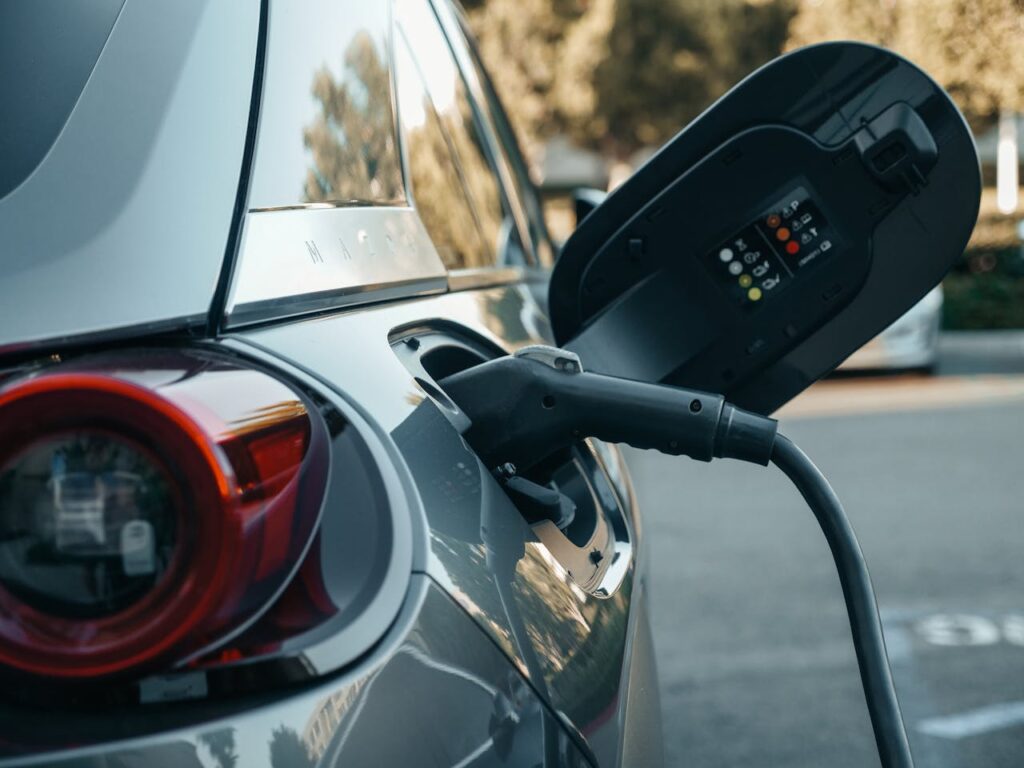
Battery life and range can define the practicality of a used electric vehicle. A battery test from a professional can reveal hidden issues. Older models might show diminished range capabilities just like a smartphone’s battery that needs frequent charging after years.
Assessing these factors could prevent unwelcome surprises, especially when you’re planning regular trips or weekend getaways. Balancing range and daily driving needs is essential, as suggested by Consumer Reports. The range often varies based on driving habits, terrain, and climate, affecting both convenience and overall usability.
2. Check the vehicle’s maintenance history for consistent service and repairs.
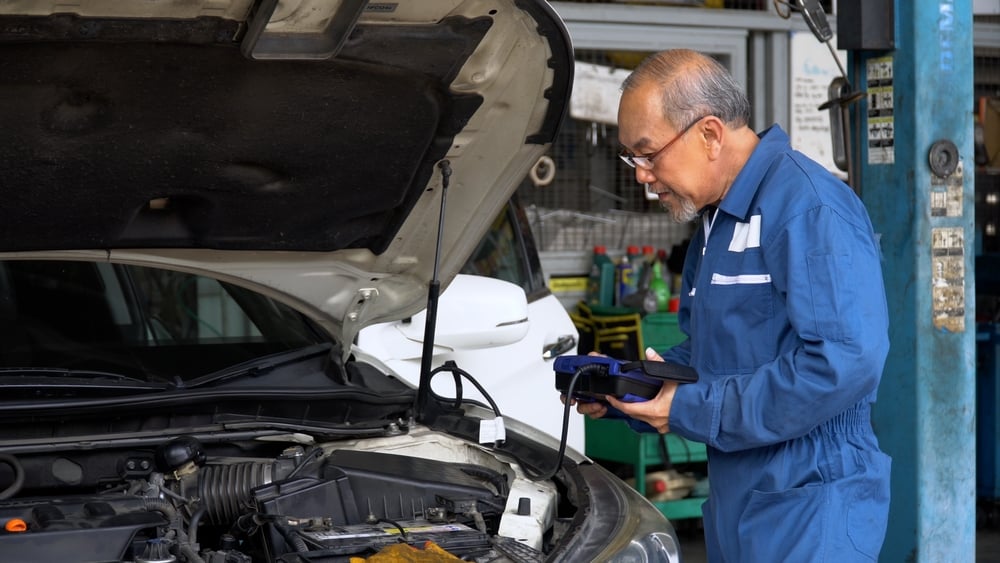
Maintenance history serves as a window into a used EV’s past. Routine service records might suggest a well-cared-for vehicle, indicating fewer future problems. Finding documented updates and repairs such as brake replacements can paint a clearer picture of the car’s reliability.
When considering a purchase, such records can help prevent unexpected expenses. Especially for long-term ownership, spotting issues like inconsistent service might indicate potential neglect or underlying mechanical concerns that require addressing sooner rather than later, Warranty First shared.
3. Understand the warranty coverage remaining on the EV’s essential components.

Precise understanding of any remaining warranty builds confidence in buying a used EV. Factory warranties can cover costly component repairs, easing future financial concerns. It’s like finding a second-hand jacket with an original receipt—verification adds security.
Warranty details often vary, so reviewing them could assuage uncertainties about potential out-of-pocket repairs. Pay attention to whether service agreements are transferable, as this might impact decision-making when choosing between similar models, according to EV Clinic.
4. Test drive the car to assess its comfort and performance firsthand.
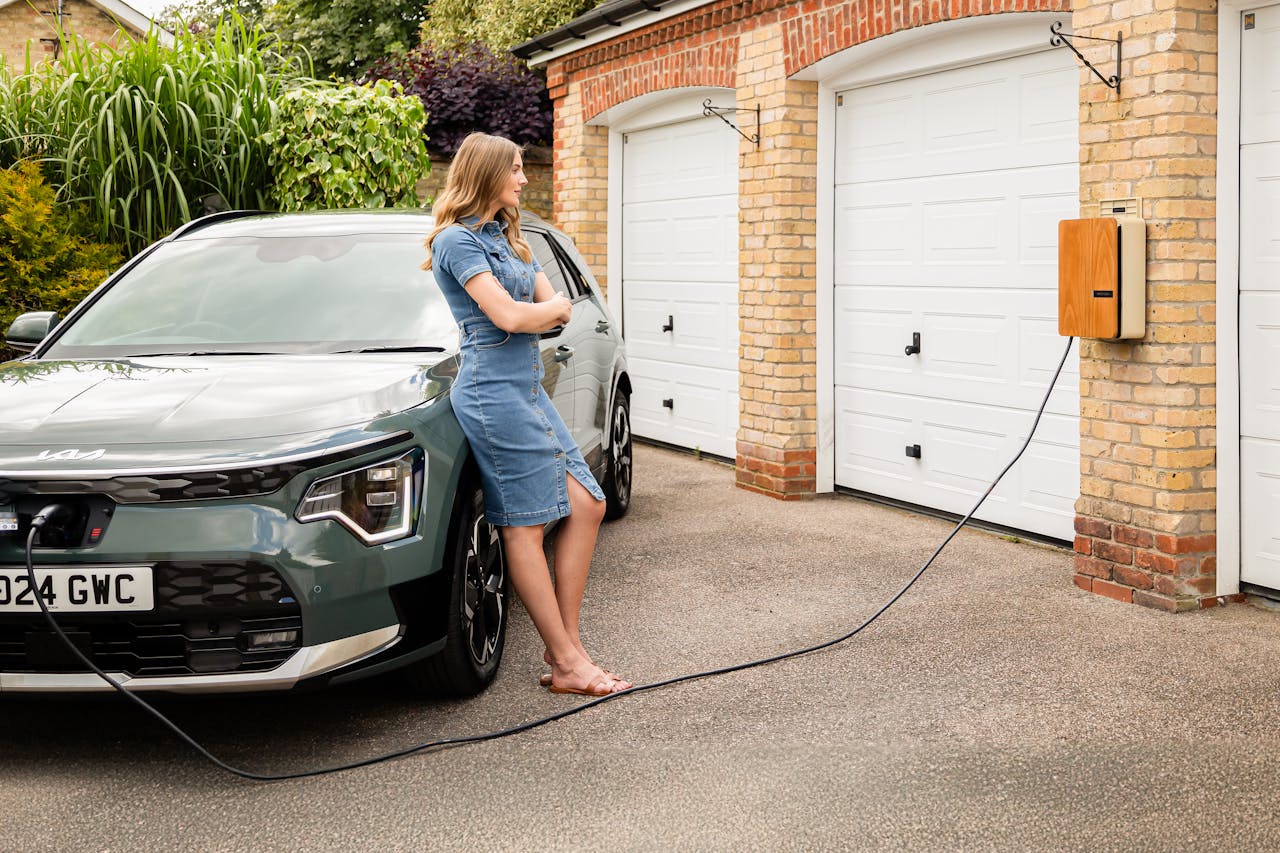
Experiencing a test drive can reveal a lot about an electric vehicle’s comfort and performance. Testing acceleration, braking, and cabin noise provides real-world insights. Imagine a smooth glide over local roads mimicking daily commutes shows the car’s true behavior.
Feeling the vehicle’s responsiveness firsthand might confirm that an EV meets expectations, while also highlighting any subtle performance issues. Such firsthand impressions often complement the technical data and help decide if a specific model suits one’s lifestyle.
5. Verify the condition and usability of the charging port and cables.
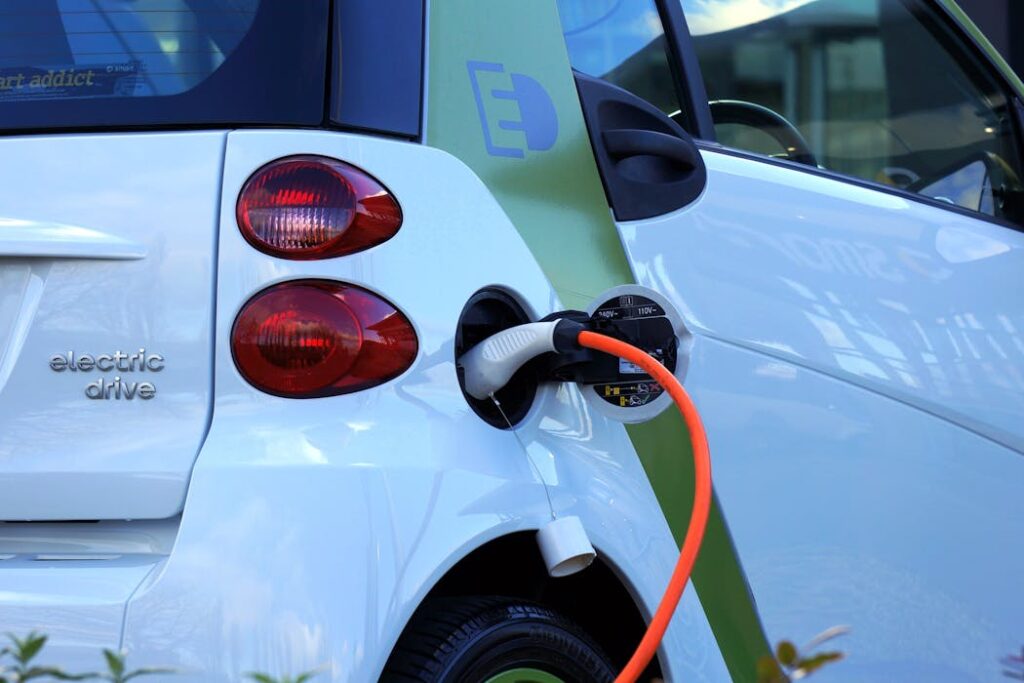
Charging components present in a used EV often suggest future compatibility with home setups. Inspecting the port and cables for wear ensures they work as expected. Picture unplugging after a straightforward charge rather than struggling with a faulty connector.
Performing these checks aids in confirming if an existing home charging solution will seamlessly accommodate the vehicle. It’s essential for planning daily routines and ensures unnecessary frustration due to irregular charging capabilities is avoided.
6. Consider the availability of local charging stations for convenient access.
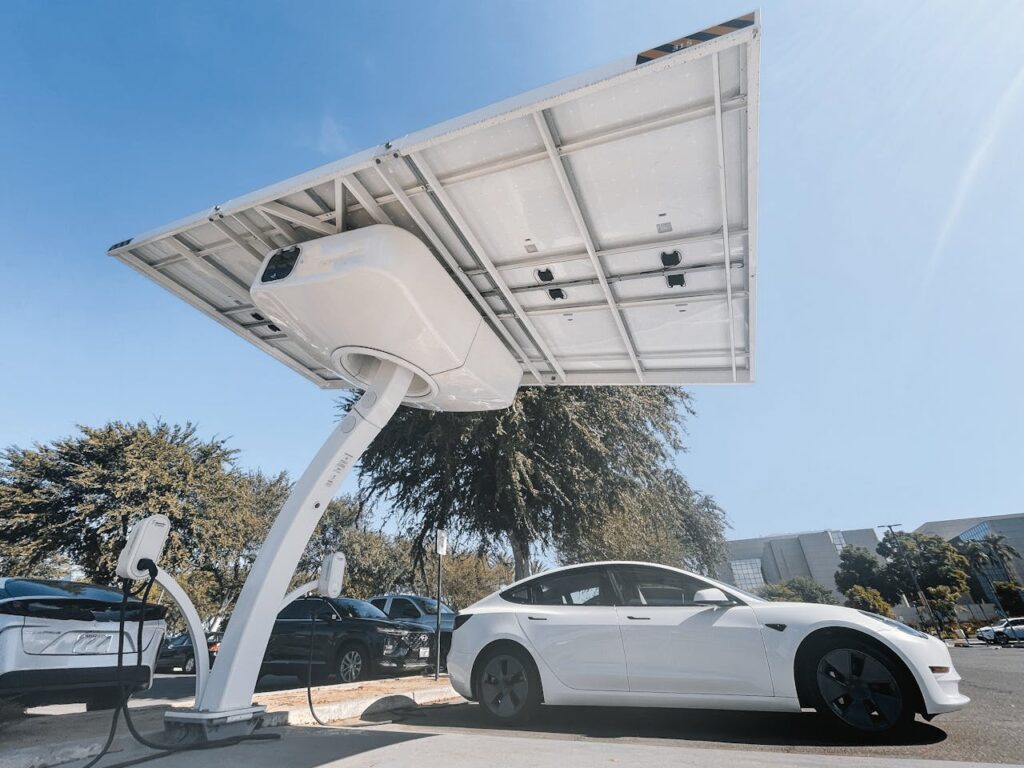
Local charging station availability could support effortless integration into routine life with a used EV. Knowing nearby charging options resembles planning routes around familiar landmarks. Frequent destinations might have charging spots where vehicles can recharge easily.
Considering this availability can significantly influence the ownership experience. Whether for work commutes or leisure travel, having access to convenient stations ensures that range anxiety doesn’t overshadow the joy of EV ownership.
7. Inspect the tires and brakes for wear that might indicate heavier use.

Tires and brakes reveal much about how a used EV was driven. Worn components suggest heavier usage, hinting similarly at a well-worn novel that displays care and handling. Inspecting them would reflect whether the vehicle’s been handled gently or driven hard.
Such assessments can reveal necessity for replacements, impacting both cost and safety. Addressing these components upfront provides understanding of potential maintenance needs and might help anticipate future investments in the vehicle’s upkeep.
8. Ask about any prior accidents or body damage affecting the vehicle.

Acquiring a full accident history can protect against unknown damage in a used EV. History reports might showcase prior incidents impacting the vehicle’s structure, akin to a biography revealing pivotal life events shaping a person’s story.
Understanding past accidents reassures that current performance isn’t compromised. Carefully reviewed records guide whether repairs meet safety standards, and highlight if the vehicle’s structural integrity aligns with expectations for reliability and safety in daily drives.
9. Review software updates and technology features to ensure they meet needs.
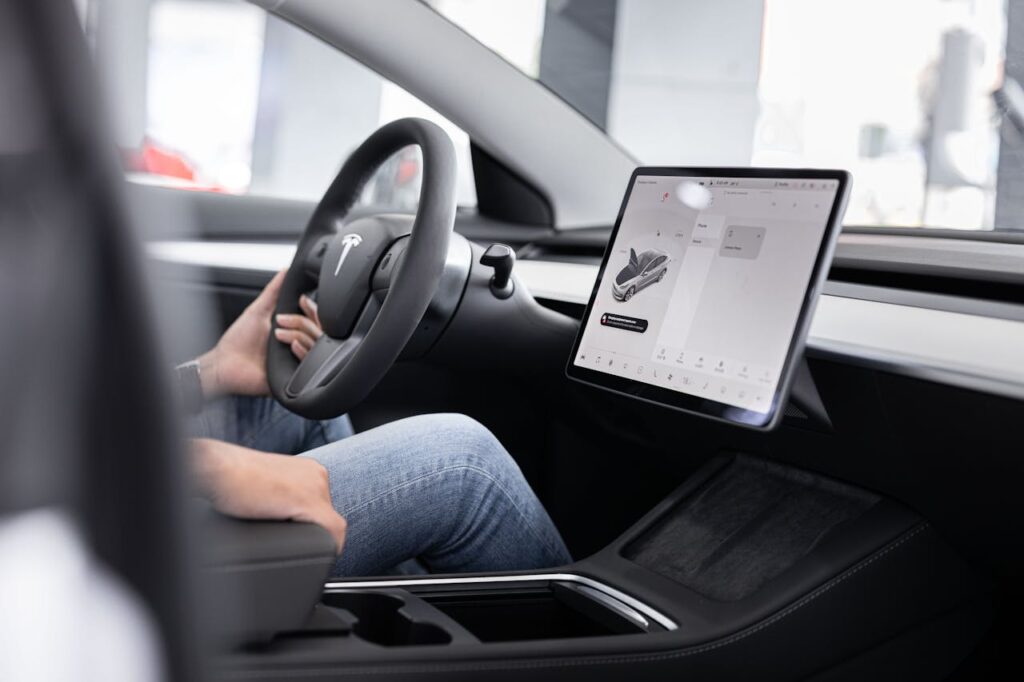
Software updates and available technology should match personal needs in a used EV. Ensuring these features function aligns with updating the apps on a tablet, maintaining utility and enjoyment. Inspect the infotainment interface for user-friendly navigation and functionality.
Tech-savvy features contribute to a satisfying experience, so ensuring they meet preferences avoids frustration. Compatibility with desired functionalities and modern standards might enhance comfort during commutes, making everyday drives more enjoyable.
10. Compare prices across multiple sellers to find fair market value.

Price checking across sellers establishes the true worth of a used EV. Comparing offers can be likened to browsing art at different galleries to discover what best fits aesthetic and budget. Markets might reflect variations in often fluctuating demand and supply.
Exploring multiple options builds confidence in understanding fair market value. Knowing potential price disparities provides leverage in negotiations and ensures that cost reflects the condition and features of the chosen vehicle.
11. Evaluate the total cost of ownership, including insurance and electricity costs.

The total cost of ownership extends beyond the initial price tag. Evaluating costs involves pondering insurance and electricity usage, like budgeting for both ingredients and utilities in meal preparations. Consider long-term financial impact alongside monthly costs.
These recurring expenses define affordability and ensure the purchase remains viable. Factoring in such considerations contributes to making a financially sound decision, aligning with overall budgetary expectations for the life of the vehicle.
